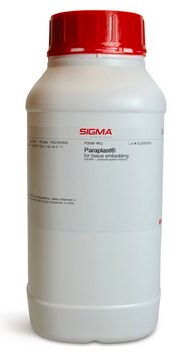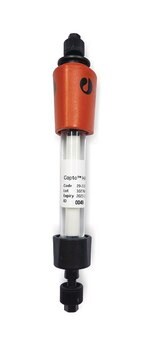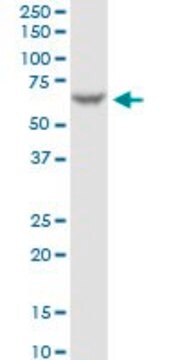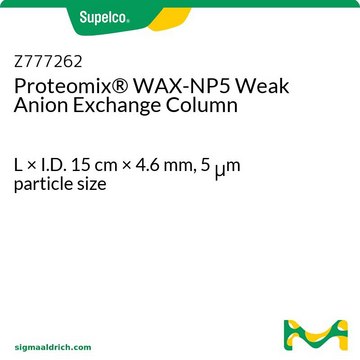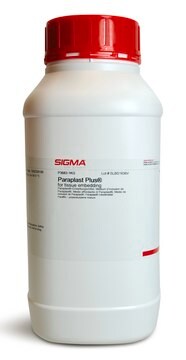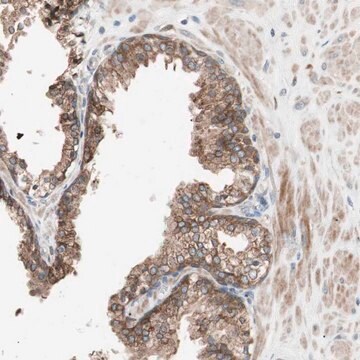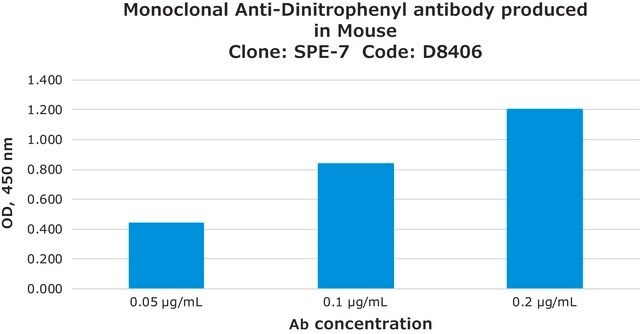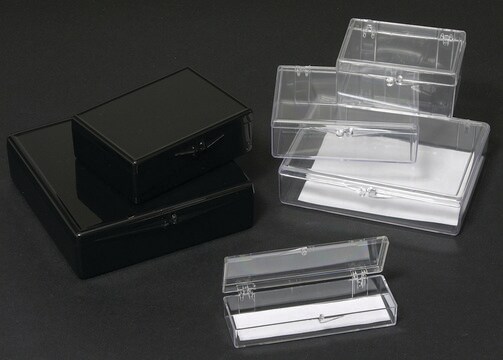AB5644P
Przeciwciało przeciwko hydrolazie amidów kwasów tłuszczowych
Chemicon®, from rabbit
Synonim(y):
FAAH
About This Item
Polecane produkty
pochodzenie biologiczne
rabbit
Poziom jakości
forma przeciwciała
affinity purified immunoglobulin
rodzaj przeciwciała
primary antibodies
klon
polyclonal
oczyszczone przez
affinity chromatography
reaktywność gatunkowa
human, rat
producent / nazwa handlowa
Chemicon®
metody
ELISA: suitable
western blot: suitable
numer dostępu UniProt
Warunki transportu
dry ice
docelowa modyfikacja potranslacyjna
unmodified
informacje o genach
human ... FAAH(2166)
Specyficzność
REAKTYWNOŚĆ GATUNKOWA: Peptyd immunogenu jest w 100% konserwowany u szczura, w 94% u myszy i świń oraz w 58% u kurczaka. Reaktywność z innymi gatunkami nie została potwierdzona.
Immunogen
Zastosowanie
ELISA: 1:10 000-1:100 000 przy użyciu 50-100 ng peptydu kontrolnego (numer katalogowy AG376) na studzienkę.
Optymalne rozcieńczenia robocze muszą zostać określone przez użytkownika końcowego.
Postać fizyczna
Inne uwagi
Informacje prawne
Nie możesz znaleźć właściwego produktu?
Wypróbuj nasz Narzędzie selektora produktów.
Kod klasy składowania
12 - Non Combustible Liquids
Klasa zagrożenia wodnego (WGK)
WGK 2
Temperatura zapłonu (°F)
Not applicable
Temperatura zapłonu (°C)
Not applicable
Certyfikaty analizy (CoA)
Poszukaj Certyfikaty analizy (CoA), wpisując numer partii/serii produktów. Numery serii i partii można znaleźć na etykiecie produktu po słowach „seria” lub „partia”.
Masz już ten produkt?
Dokumenty związane z niedawno zakupionymi produktami zostały zamieszczone w Bibliotece dokumentów.
Nasz zespół naukowców ma doświadczenie we wszystkich obszarach badań, w tym w naukach przyrodniczych, materiałoznawstwie, syntezie chemicznej, chromatografii, analityce i wielu innych dziedzinach.
Skontaktuj się z zespołem ds. pomocy technicznej